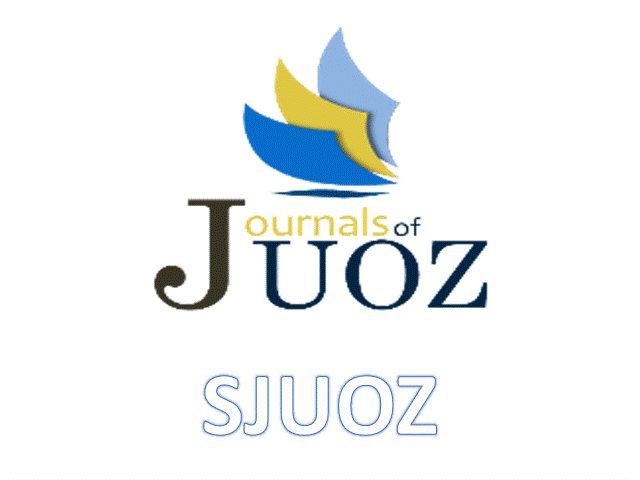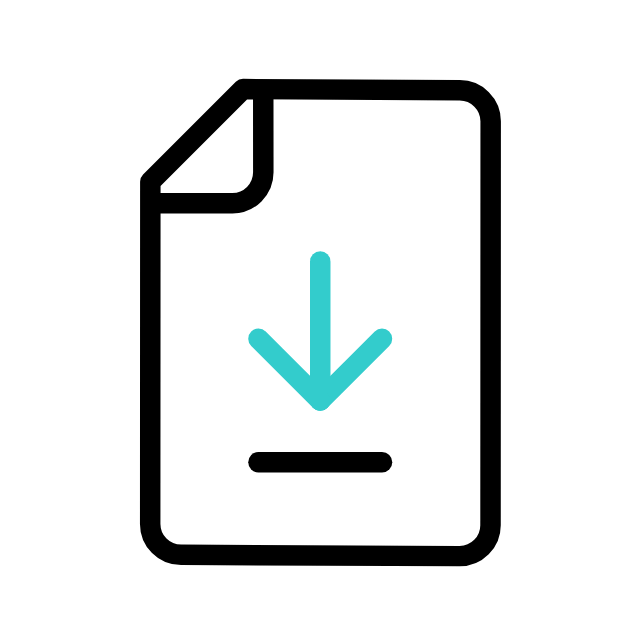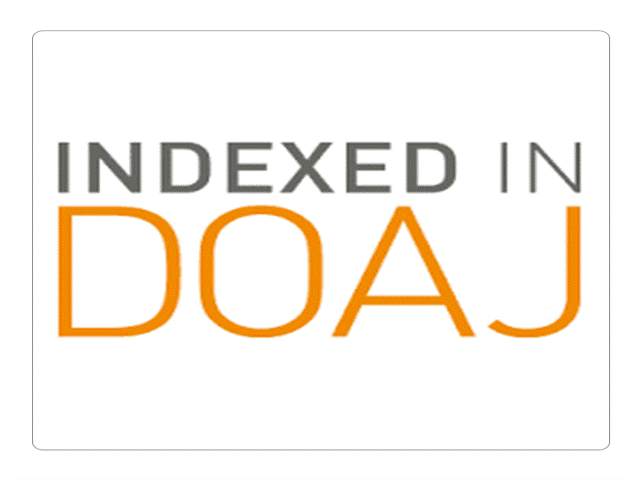Web Applications and Web Services: A Comparative Study
DOI:
https://doi.org/10.25271/2018.6.1.375Keywords:
Internet-Based Software Components, Web Applications, Web Services, Internet of Things, Comparative StudyAbstract
Software components that rely on the Internet in order to be accessed and used cover many aspects of our daily activities including email checking, weather checking, purchase ordering, and Facebook logging. Nowadays, these components are considered one of the most valuable and fundamental rights in human’s life. However, accessing and using the functionality of such components are performed using two techniques: web applications or traditional web services. Determining which one of the techniques is better suited for delivering the functionality of an Internet-based software component is not an easy task to decide. Therefore, this paper aimed to make a comparative analysis and study of both techniques alongside many directions to help web developers make the right choice to deliver the functionality of Internet-based software components. This is achieved by providing them with a set of requirements that have been proposed by the authors. The proposed requirements clarify a number of misunderstandings and issues peculiar to both techniques. Furthermore, this paper has provided a comparative table of both techniques. To the best of our knowledge, so far there is no comprehensive comparative study has been conducted in this context which was the rationale for the authors to carry out this study.
Downloads
References
Cook, W. & Barfield, J. (2006). Web Services versus Distributed Objects: A Case Study of Performance and Interface Design. IEEE International Conference on Web Services (ICWS), 419-426.
Danesh, A. S., Saybani, M. R., Yahya, S., & Danesh, S. (2011). Software release management challenges in industry : An exploratory study. African Journal of Business Management (AJBM), 5(20), 8050-8056.
Doǧan, S., Betin-Can, A., & Garousi, V. (2014). Web application testing: A systematic literature review. Journal of Systems and Software, 91(1), 174-201.
Elia, I., Laranjeiro, N., & Vieira, M. (2014). A Field Perspective on the Interoperability of Web Services. IEEE International Conference on Services Computing (SCC), 75-82.
Fernandes, N., Costa, D., Duarte, C., & Carriço, L. (2012). Evaluating the Accessibility of Web Applications. The 4th International Conference on Software Development for Enhancing Accessibility and Fighting Info-Exclusion (DSAI), 14, 28-35.
Gubbi, J., Buyya, R., Marusic, S., & Palaniswami, M. (2013). Internet of Things (IoT): A vision, architectural elements, and future directions. Future Generation Computer Systems (FGCS), 29(7), 1645-1660.
Khan, R., Khan, S., Zaheer, R., & Khan, S. (2012). Future Internet: The Internet of Things Architecture, Possible Applications and Key Challenges. The 10th International Conference on Frontiers of Information Technology (FIT), 257-260.
Lam, M. (2011). Methodologies, tools, and techniques in practice for Web application development. Journal of Technology Research (JTR), 3, 1-20.
Lee, S. (2014). A Study on Web Service Analysis and Bio-information based Web Service Security Mechanism. International Journal of Security and Its Applications (IJSIA), 8(2), 77-86.
Li, J., Xiong, Y., Liu, X., & Zhang, L. (2013). How Does Web Service API Evolution Affect Clients?. The IEEE 20th International Conference on Web Services (ICWS), 300-307.
Lorenzo, G., Fasolino, A., Melcarne, L., Tramontana, P., & Vittorini, V. (2007). Turning Web Applications into Web Services by Wrapping Techniques. The 14th Working Conference on Reverse Engineering (WCRE), 199-208.
Lucca, G. & Fasolino A. (2006). Testing Web Applications: The State of Art and the Future Trends. Information and Software Technology (IST), 48(12), 1172-1186.
Mannava, V. & Ramesh, T. (2012). An Adaptive Design Pattern for Invocation of Synchronous and Asynchronous Web Services in Autonomic Computing Systems. Asia-Pacific Web Conference (APWeb): Web Technologies and Applications, 131-142.
Marinho, E., Mendonca, A., Rodrigues, G., Alves, V., & Bonifcio, R. (2011). Exploring Architecture-Based Reliability Analysis of Current Multi-layered Web Applications. The 5th Brazilian Symposium on Software Components, Architectures and Reuse (SBCARS), 51-60.
Mašovi, S., Sara, M., Kamberovi, H., & Kudumovi, M. (2012). Java technology in the design and implementation of web applications. Technics Technologies Education Management (TTEM), 7(3), 504-514.
Mathkour, H., Gannouni, S., & Beraka, M. (2012). Web service composition: Models and Approaches. International Conference on Multimedia Computing and Systems (ICMCS), 718-723.
Maximilien, E. & Singh, M. (2005). Toward Web services interaction styles. IEEE International Conference on Services Computing (SCC), 1, 147-154.
Moreno, N. & Vallecillo, A. (2005). Modelling interactions between Web applications and third-party systems. The 5th International Workshop on Web Oriented Software Technologies (IWWOST), 441-452.
Repasi, T. (2009). Software testing - State of the art and current research challenges. The 5th International Symposium on Applied Computational Intelligence and Informatics (SACI), 47-50.
Sharma, A., Hellmann, T., & Maurer, F. (2012). Testing of Web Services - A Systematic Mapping. The IEEE 8th World Congress on Services, 346-352.
Tesarik, J., Dolezal, L., & Kollmann, C. (2008). User interface design practices in simple single page web applications. The 1st International Conference on the Applications of Digital Information and Web Technologies (ICADIWT), 223-228.
Torchiano, M., Ricca, F., & Marchetto, A. (2009). Defect Location In Traditional Vs. Web Applications - An Empirical Investigation. The IEEE 11th International Symposium on Web Systems Evolution (WSE), 121-129.
Yu, Y., Lu, J., Fernandez-Ramil, J., & Yuan, P. (2007). Comparing Web Services with other Software Components. IEEE International Conference on Web Services (ICWS), 388-397.
Downloads
Published
How to Cite
Issue
Section
License
Copyright (c) 2018 Qusay I. Sarhan, Idrees S. Gawdan

This work is licensed under a Creative Commons Attribution 4.0 International License.
Authors who publish with this journal agree to the following terms:
- Authors retain copyright and grant the journal right of first publication with the work simultaneously licensed under a Creative Commons Attribution License [CC BY-NC-SA 4.0] that allows others to share the work with an acknowledgment of the work's authorship and initial publication in this journal.
- Authors are able to enter into separate, additional contractual arrangements for the non-exclusive distribution of the journal's published version of the work, with an acknowledgment of its initial publication in this journal.
- Authors are permitted and encouraged to post their work online.








